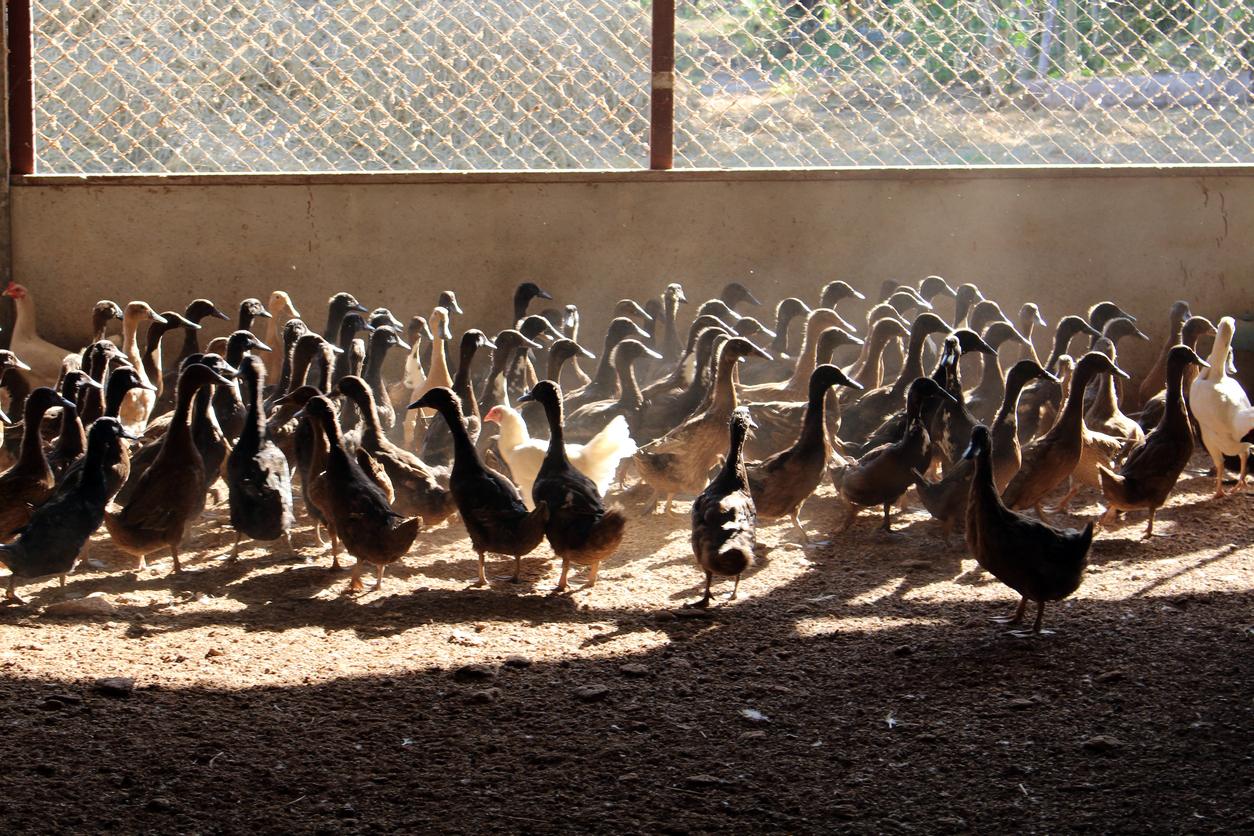In new H5N6 avian flu developments, a Chinese man is hospitalized in critical condition after he likely contracted the virus from poultry, and South Korea reported an outbreak from the highly pathogenic virus at a commercial duck farm.
Poultry outbreaks from H5N6 are especially concerning, because the virus can infect humans, and illnesses are often fatal. With the announcement of the latest human case, 18 infections have been reported since 2014, all from China. At least 10 of the patients died.
South Korea's latest H5N6 outbreak is its first since April, and news of the event was followed by a government announcement that surveillance has turned up highly pathogenic avian flu—one of the viruses confirmed as H5N6—in environmental samples from wild bird areas in two different parts of the country.
H5N6 patient in critical condition
Hong Kong's Centre for Health Protection (CHP) said that health officials on the mainland announced a new H5N6 case in Guangxi province in south central China. The patient is a 33-year-old man from Guigang whose symptoms began on Nov 7. He was hospitalized on Nov 12 and is listed in critical condition.
An investigation found that he had contact with live poultry and was exposed to live-poultry markets before he became ill.
China reported its last H5N6 case in November 2016, which also involved a patient from Guangxi province. The woman worked as a farmer and had contact with dead poultry before she became ill.
Farm, environmental detections in Korea
South Korea's H5N8 outbreak began on Nov 17 at a duck farm in Gochang County in North Jeolla province, located in the south, according to a report yesterday from the World Organization for Animal Health (OIE) and the country's media.
South Korea was hit hard by both H5N6 and H5N8 outbreaks last winter. Its last H5N6 outbreak was reported in April.
The farm is located near a big lake, and so far the source of the virus hasn't been found. Officials said an investigation is still under way. The development prompted the country to raise its avian flu alert to the highest level, Reuters reported today.
Of 12,500 susceptible birds, authorities reported that 10 were sick. The entire flock was culled as part of response steps, which also included limiting poultry movements, enhanced surveillance, and disinfecting the farm.
In a related development, South Korea's agriculture ministry yesterday said tests on wild bird feces collected near the city of Suncheon in South Jeolla province tested positive for H5N6, according to an official statement translated and posted by Avian Flu Diary (AFD), an infectious disease news blog.
Also, in a separate announcement, the agriculture ministry reported tests on wild bird feces in Gangwon province in northeastern South Korea have yielded highly pathogenic H5.
In other South Korean avian flu developments, the country reported 15 H5N8 outbreaks in backyard poultry that occurred between Jun 7 and Jun 19, according to a separate report from the OIE. Most of the detections occurred in North Jeolla province, but there were a few in South Gyeongsang province and one in Daegu, the country's fourth-largest city.
The outbreaks led to the culling of all 1,327 chickens at the locations.
See also:
Nov 20 CHP statement
Nov 19 OIE report on H5N6 in South Korea
Nov 20 Reuters story
Nov 20 Yonhap News Agency story
Nov 20 AFD post on H5N6 and H5 in wild bird feces
Nov 20 OIE report on H5N8 in South Korea




















